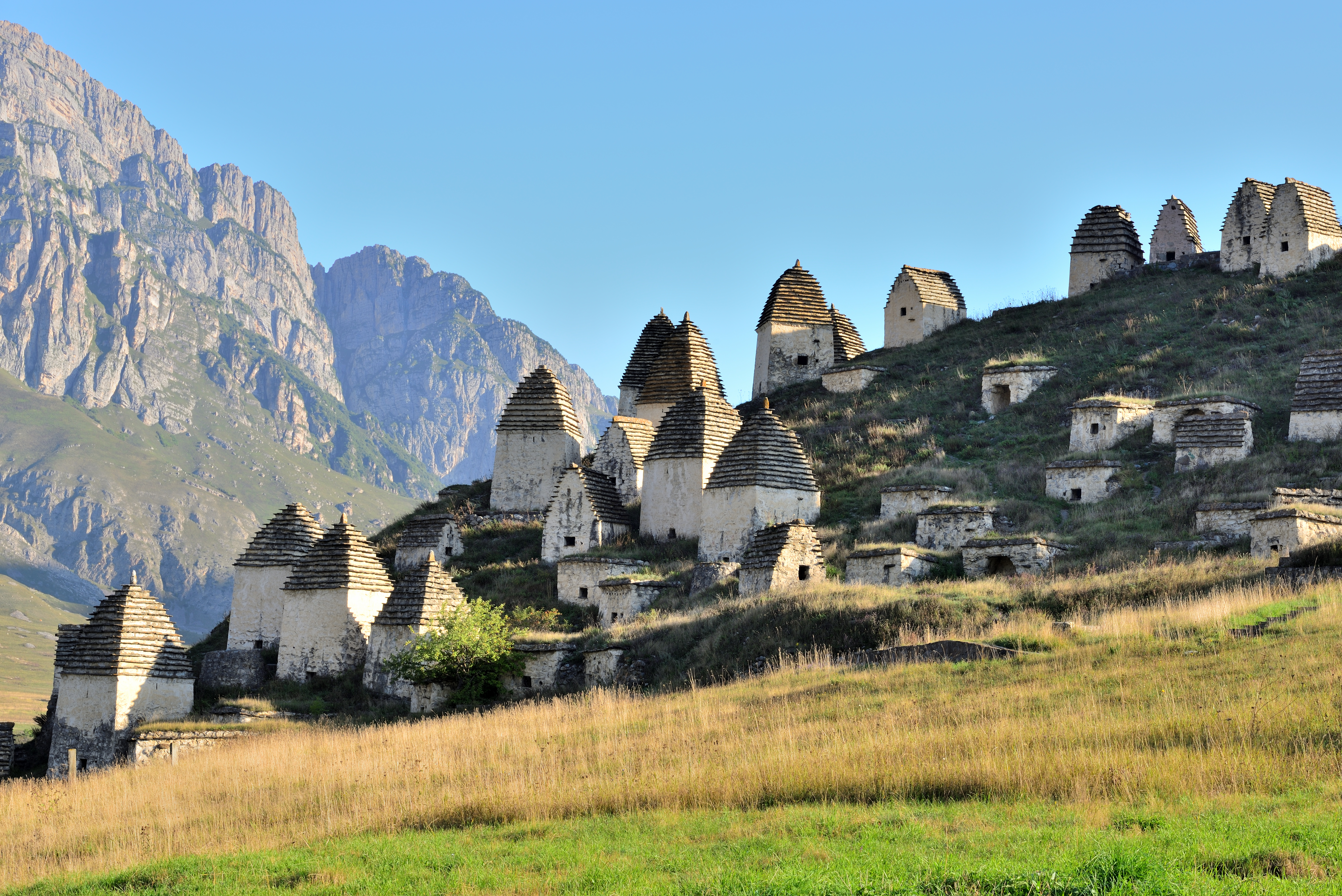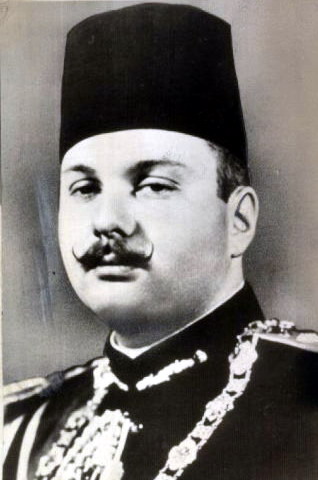|
Issa Kodzoev
Issa Ayupovich Kodzoev (; ; born 12 August 1938) is an Ingush people, Ingush writer, poet, playwright, teacher and politician. Work in Ingush * ''Дувцараш'', 1990 * ''Хьасани, Хьусени, Анжела яха хоза йиIиги'', 2001 * ''Вешта аьлча'', 2003 * ''КIантий дегаш'', 2003 * ''ГIалгIай'' — epic novel (2001-2013) ** ''Магате-Фаьрате'', 2001 ** ''ГIалгIай Лоаме'', 2001 ** ''Зоазо'', 2004 ** ''Дадеков'', 2006 ** ''Мехка гIонча'', 2010 ** ''Ивизда ГIазд'', 2011 ** ''Аьже Ахк'', 2013 in Russian * ''Казахстанский дневник'' * ''Над бездной'', 2006 * ''Обвал'', 2009 * ''Сердца отважных'' * ''Сулумбек Сагопшинский'', 2011 * ''Джамбулат и другие'' Notes References Bibliography English sources * Russian sources 1938 births Living people Ingush peopl ... [...More Info...] [...Related Items...] OR: [Wikipedia] [Google] [Baidu] |
Angusht
Tarskoye, formerly known as Angusht or Ongusht, is a rural locality (a selo) in Prigorodny District of the Republic of North Ossetia–Alania, Russia. Population: Nomenclature The modern name "Tarskoye", is derived from the name of the village Tarshoy-Yurt in the lowland of Ingushetia. The toponym "Angusht" itself is a composition of three Ingush words: ''an'' ("plain") or ''ane'' ("horizon"), ''gush'' ("visible") and the suffix of place - ''tĕ'' (indication of position or location), literally translating as a "place where the plain is seen". History Angusht was built no later than the 17th century and the first report of it was made in 1745 by prince Vakhushti of Kartli who mentioned Angusht as a village located on the river Boragnis-tskali (Sunzha). He also noted that the inhabitants of Angusht are Sunni Muslims. There is no exact data about the time of foundation of the village. It is known that Angusht was not originally a single village, but was a territorial society, c ... [...More Info...] [...Related Items...] OR: [Wikipedia] [Google] [Baidu] |
Prigorodny District, North Ossetia–Alania
Prigorodny District (; ; ) is an administrativeLaw #34-RZ and municipalLaw #18-RZ district (raion), one of the administrative divisions of the Republic of North Ossetia–Alania, eight in the Republic of North Ossetia–Alania, Russia. It is located in the east of the republic. The area of the district is . Its administrative center is the types of inhabited localities in Russia, rural locality (a ''village#Russia, selo'') of Oktyabrskoye, Prigorodny District, Republic of North Ossetia–Alania, Oktyabrskoye. History One of the oldest centers of settlement of the Ingush people, Ingush on the plane is the Tarskoye Valley, the name of which derives from the villagers of Tyarsh, Tärsh in the Kistin Gorge, Armkhi Gorge. According to Georgians, Georgian geographer Vakhushti Bagrationi, the village ''Angusht'' had already existed in the 17th century in the Tarskoye Valley. The exonym “Ingush” originated from this village. As a result of the policy of the government of the Russia ... [...More Info...] [...Related Items...] OR: [Wikipedia] [Google] [Baidu] |
Checheno-Ingush Autonomous Soviet Socialist Republic
When the Soviet Union existed, different governments had ruled the northern Caucasus regions of Chechnya and Ingushetia. Within the Mountain Autonomous Socialist Soviet Republic, later annexed into the Russian Socialist Federative Soviet Republic, they were known as the Chechen Autonomous Oblast and the Ingush Autonomous Oblast, which were unified on January 15, 1934, to form the Checheno-Ingush Autonomous Oblast. It was elevated to an autonomous republic as the Checheno-Ingush Autonomous Soviet Socialist Republic from 1936 to 1944 and again from 1957 to 1993. Its capital was Grozny. However, because of alleged collaboration with Nazi Germany and the Axis powers during World War II, the autonomous republic was abolished on 7 March 1944 resulting the ethnic cleansing of the Chechens and Ingush from its territory. The autonomous republic's status was restored in January 1957. The 1979 census reported the territory had an area of and a population of 611,405 Chechens, 134,744 I ... [...More Info...] [...Related Items...] OR: [Wikipedia] [Google] [Baidu] |
Ingush Language
Ingush (; , , pronounced ) is a Northeast Caucasian languages, Northeast Caucasian language spoken by about 350,000 people, known as the Ingush people, Ingush, across a region covering the Russian republics of Ingushetia, Chechnya, North Ossetia, as well as the countries Turkey, Kazakhstan, Jordan, Syria, Lebanon, et al. Classification Ingush and Chechen language, Chechen, together with Bats language, Bats, constitute the Nakh languages, Nakh branch of the Northeast Caucasian languages, Northeast Caucasian language family. There is pervasive passive bilingualism between Ingush and Chechen. Dialects Ingush is not divided into dialects with the exception of (native name: Галай-Чӏож/Галайн-Чӏаж), which is considered to be transitional between Chechen language, Chechen and Ingush. Geographic distribution Ingush is spoken by about 350,000-400,000 people (2020) in Russia, primarily in the North Caucasus, North Caucasian republics of Ingushetia, North Ossetia and Che ... [...More Info...] [...Related Items...] OR: [Wikipedia] [Google] [Baidu] |
Russian Language
Russian is an East Slavic languages, East Slavic language belonging to the Balto-Slavic languages, Balto-Slavic branch of the Indo-European languages, Indo-European language family. It is one of the four extant East Slavic languages, and is the native language of the Russians. It was the ''de facto'' and ''de jure'' De facto#National languages, official language of the former Soviet Union.1977 Soviet Constitution, Constitution and Fundamental Law of the Union of Soviet Socialist Republics, 1977: Section II, Chapter 6, Article 36 Russian has remained an official language of the Russia, Russian Federation, Belarus, Kazakhstan, Kyrgyzstan, and Tajikistan, and is still commonly used as a lingua franca in Ukraine, Moldova, the Caucasus, Central Asia, and to a lesser extent in the Baltic states and Russian language in Israel, Israel. Russian has over 253 million total speakers worldwide. It is the List of languages by number of speakers in Europe, most spoken native language in Eur ... [...More Info...] [...Related Items...] OR: [Wikipedia] [Google] [Baidu] |
Ingush People
Ingush (, pronounced ), historically known as ''Durdzuks'', ''Gligvi'' and ''Kists (ethnonym), Kists'', are a Northeast Caucasian languages, Northeast Caucasian ethnic group mainly inhabiting the Republic of Ingushetia in central Caucasus, but also inhabitanting Prigorodny District, North Ossetia–Alania, Prigorodny District and town of Vladikavkaz of modern-day North-Ossetia. The Ingush are predominantly Sunni Muslims and speak the Ingush language. Ethnonym Ingush The ethnonym of the "Ingush" came from the name of the medieval Ghalghai village (''aul'') of Angusht, which by the end of the 17th century was a large village in the Tarskoye, Tarskoye Valley. The toponym "Angusht" itself is a composition of three words: "an" (''sky'' or ''horizon''), "gush" (''visible'') and the suffix of place "tĕ" (indication of position or location), literally translating as a "place where the horizon is seen". Ghalghai The endonym of Ingush people is ''Ghalghai'' (, ), which most often ... [...More Info...] [...Related Items...] OR: [Wikipedia] [Google] [Baidu] |
Caucasian Knot
Caucasian Knot () is an online news site that covers the Caucasus region in English and Russian. It was established in 2001 and Grigory Shvedov is the editor-in-chief.Giving people of the Caucasus a voice Radio Netherlands Worldwide. Retrieved 1 January 2013 It has a particular focus on politics and on human rights issues, including . History In 2001 the site started out as a project related to the human rights organisation |
1938 Births
Events January * January 1 – state-owned enterprise, State-owned railway networks are created by merger, in France (SNCF) and the Netherlands (Nederlandse Spoorwegen – NS). * January 20 – King Farouk of Egypt marries Safinaz Zulficar, who becomes Farida of Egypt, Queen Farida, in Cairo. * January 27 – The Honeymoon Bridge (Niagara Falls), Honeymoon Bridge at Niagara Falls, New York, collapses as a result of an ice jam. February * February 4 ** Adolf Hitler abolishes the War Ministry and creates the Oberkommando der Wehrmacht (High Command of the Armed Forces), giving him direct control of the German military. In addition, he dismisses political and military leaders considered unsympathetic to his philosophy or policies. General Werner von Fritsch is forced to resign as Commander of Chief of the German Army following accusations of homosexuality, and replaced by General Walther von Brauchitsch. Foreign Minister Baron Konstantin von Neurath is dismi ... [...More Info...] [...Related Items...] OR: [Wikipedia] [Google] [Baidu] |
Living People
Purpose: Because living persons may suffer personal harm from inappropriate information, we should watch their articles carefully. By adding an article to this category, it marks them with a notice about sources whenever someone tries to edit them, to remind them of WP:BLP (biographies of living persons) policy that these articles must maintain a neutral point of view, maintain factual accuracy, and be properly sourced. Recent changes to these articles are listed on Special:RecentChangesLinked/Living people. Organization: This category should not be sub-categorized. Entries are generally sorted by family name In many societies, a surname, family name, or last name is the mostly hereditary portion of one's personal name that indicates one's family. It is typically combined with a given name to form the full name of a person, although several give .... Maintenance: Individuals of advanced age (over 90), for whom there has been no new documentation in the last ten ... [...More Info...] [...Related Items...] OR: [Wikipedia] [Google] [Baidu] |
21st-century Russian Male Writers
File:1st century collage.png, From top left, clockwise: Jesus is crucified by Roman authorities in Judaea (17th century painting). Four different men (Galba, Otho, Vitellius, and Vespasian) claim the title of Emperor within the span of a year; The Great Fire of Rome (18th-century painting) sees the destruction of two-thirds of the city, precipitating the empire's first persecution against Christians, who are blamed for the disaster; The Roman Colosseum is built and holds its inaugural games; Roman forces besiege Jerusalem during the First Jewish–Roman War (19th-century painting); The Trưng sisters lead a rebellion against the Chinese Han dynasty (anachronistic depiction); Boudica, queen of the British Iceni leads a rebellion against Rome (19th-century statue); Knife-shaped coin of the Xin dynasty., 335px rect 30 30 737 1077 Crucifixion of Jesus rect 767 30 1815 1077 Year of the Four Emperors rect 1846 30 3223 1077 Great Fire of Rome rect 30 1108 1106 2155 Boudican revolt ... [...More Info...] [...Related Items...] OR: [Wikipedia] [Google] [Baidu] |



